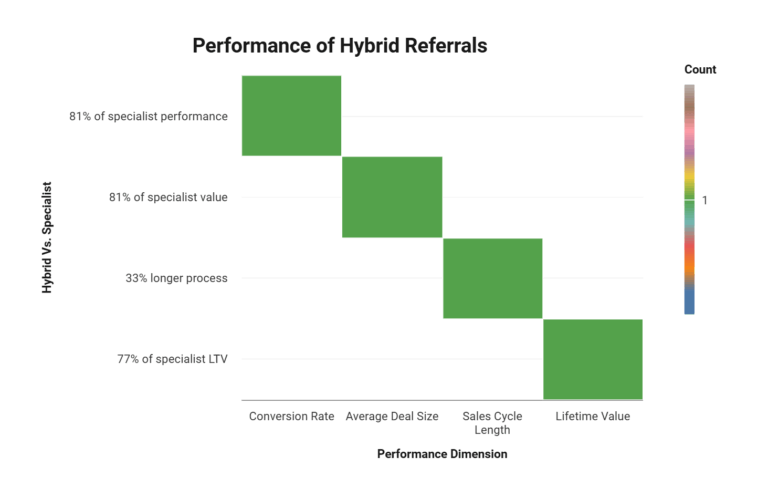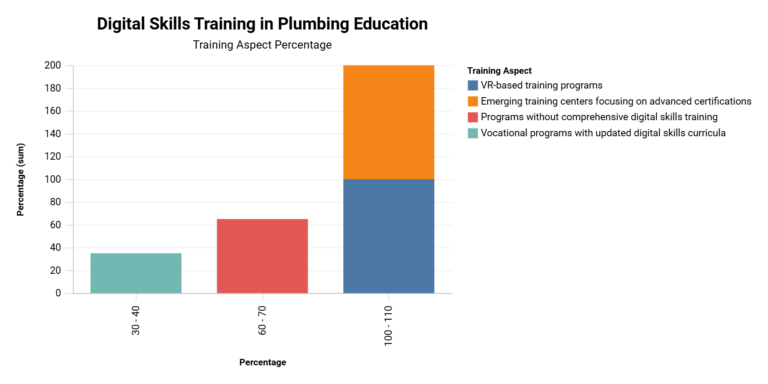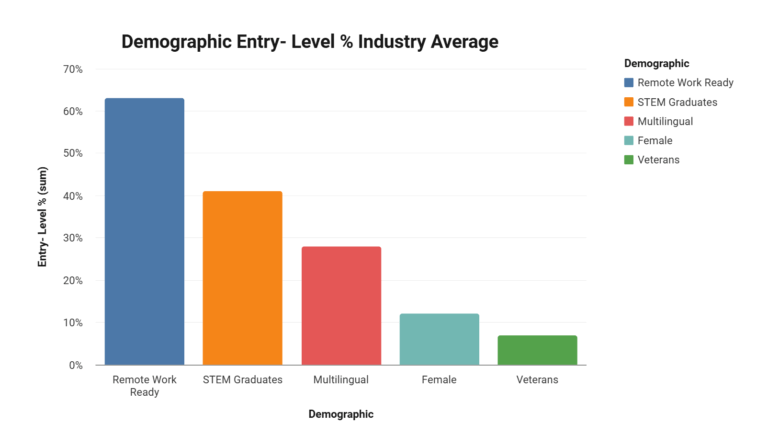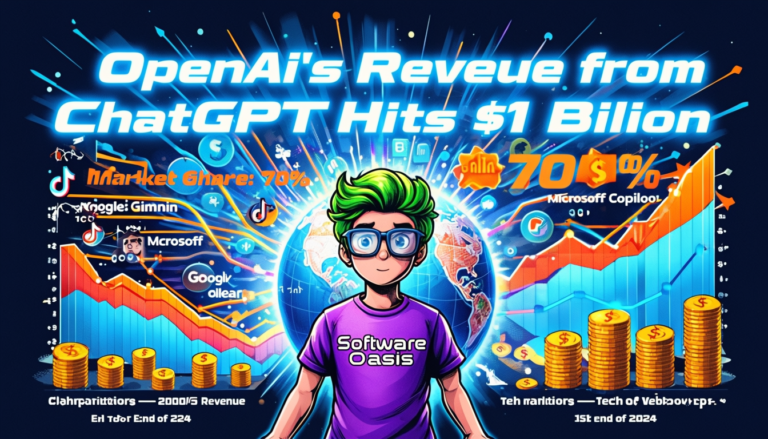AI Market Growth: Projections and Trends Through 2032
AI Market Growth
The artificial intelligence (AI) market is experiencing unprecedented growth, reshaping industries and economies worldwide. By the end of 2024, the global AI market is projected to reach $305.9 billion, reflecting an annual growth rate of 37% (Hostinger, January 2025). This rapid expansion underscores the increasing adoption of AI technologies across the healthcare and finance sectors. Below, we delve into key statistics and trends driving this explosive growth.
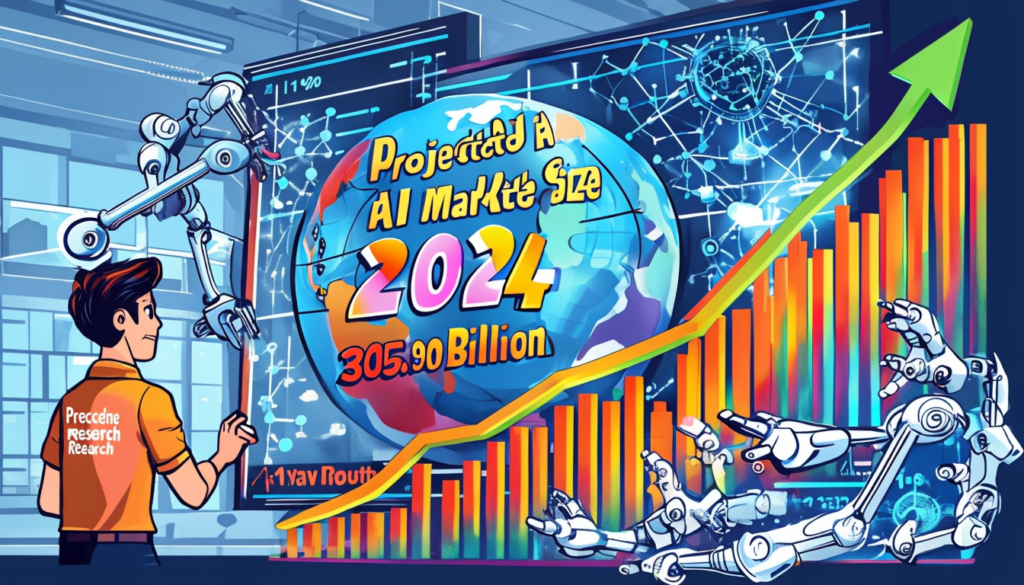
Current Market Size and Growth Rate
The global AI market has grown exponentially over recent years. In early 2024, it was valued at $196.63 billion and is expected to surge to $305.9 billion by year-end (Synthesia, December 2024). This represents a remarkable increase of over 55% within a single year. Projections indicate that by 2030, the market will surpass $738.8 billion, growing at a compound annual growth rate (CAGR) of 32.9% from 2022 to 2030 (Precedence Research, August 2024).
Regionally, North America dominates the market with an estimated valuation of $198.57 billion in 2023 (Precedence Research, August 2024). Meanwhile, Asia-Pacific is emerging as the fastest-growing region due to significant investments in AI research and development by countries like China, Japan, and South Korea (MarketsandMarkets, January 2025).
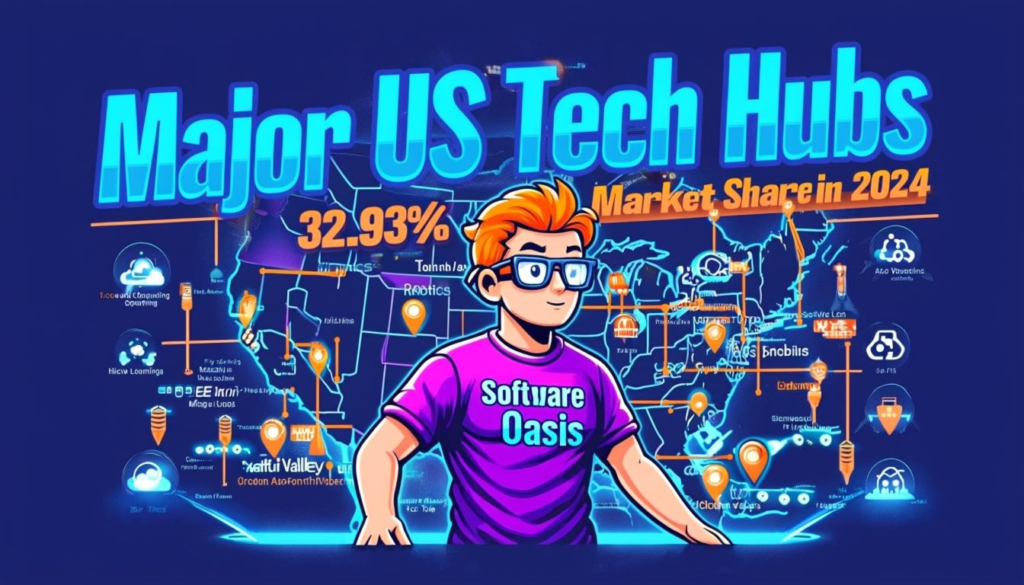
Key Drivers of AI Market Growth
Several factors are fueling the rapid expansion of the AI market:
- Increased Investments: Businesses allocate up to 20% of their technology budgets to AI initiatives (Hostinger, January 2025). Global private investment in AI reached $95.99 billion in 2023 (ResearchAndMarkets.com, January 2025).
- Generative AI Boom: Generative AI technologies have gained immense traction. By 2032, this segment is expected to reach $1.3 trillion in value (Exploding Topics, January 2024). Applications include content creation, customer support automation, and predictive analytics.
- Integration Across Industries: From healthcare diagnostics to financial modeling and retail personalization, AI is integrated into diverse sectors to enhance efficiency and decision-making capabilities (Fortune Business Insights, January 2025).
- Government Support: Governments worldwide are heavily investing in AI research and infrastructure. For instance, India's National Strategy for AI aims to add $500 billion to its GDP by 2025 (Fortune Business Insights, January 2025).
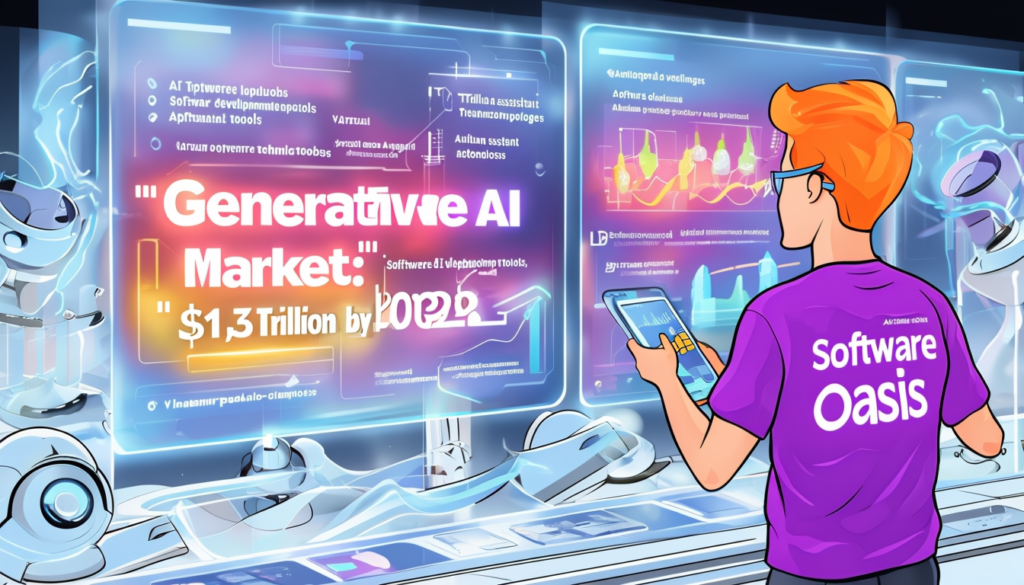
AI Adoption Trends Across Industries
Healthcare
The healthcare sector has embraced AI for applications such as diagnostic imaging and personalized medicine. The healthcare-focused AI market is projected to grow at a CAGR of 37%, reaching $188 billion by 2030 (Semantic Scholar, March 2024).
Finance
Financial services lead in AI adoption due to their reliance on predictive analytics for fraud detection and risk assessment. By 2030, the sector's investment in AI solutions is expected to double compared to current levels (IDC Report, August 2024).
Retail
Retailers are leveraging AI for inventory management and customer service chatbots. Approximately 48% of businesses now use some form of AI for big data analysis and decision-making (Exploding Topics, January 2024).
Challenges Facing the AI Industry
Despite its rapid growth, the AI industry faces several challenges:
- Data Privacy Concerns: Regulatory frameworks such as GDPR in Europe impose strict rules on data usage.
- Ethical Issues: Algorithmic bias remains a significant concern.
- Talent Shortages: The demand for skilled professionals in machine learning and data science far exceeds supply.
To address these issues, companies are investing in upskilling programs for employees while governments are introducing policies to promote ethical AI development.
Future Outlook
The future of artificial intelligence looks promising:
- By 2030, AI is expected to contribute over $15 trillion to the global economy through increased productivity and innovation (PwC Report).
- Emerging technologies like quantum computing will further accelerate advancements in machine learning algorithms.
- Generative models will become more sophisticated, enabling hyper-personalized user experiences.
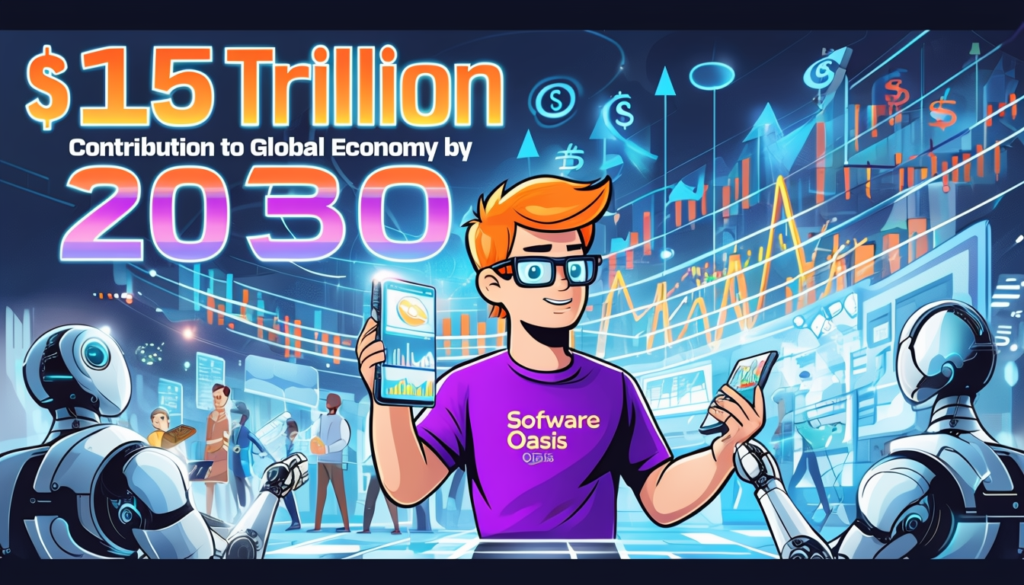
For SEO professionals navigating this evolving landscape: Watching your rankings plummet as AI transforms search? With 25% of traditional search volume vanishing by 2026, your old SEO tactics won't cut it anymore. Our comprehensive AI Search Rankings course reveals cutting-edge strategies to dominate AI-driven search before your competition catches on. Don't risk becoming obsolete. Start For Free and secure your position as an AI SEO leader.


